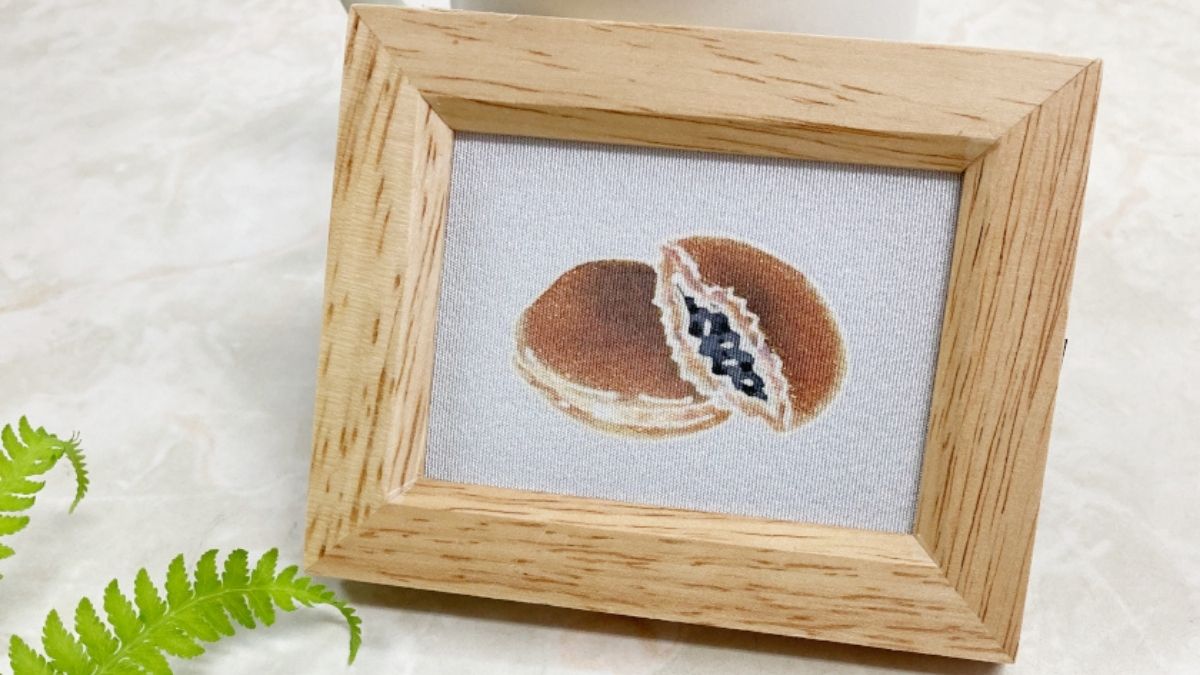free
Description

Enraptured by the calm brown and white cat
This is a dyed picture drawn as it is in the process of kimono.
The frame is less than 4 inches in diameter, so it can be used to decorate a small amount of space.
It can be enjoyed at the entrance, on the desk, or as a gift for a loved one.
Enjoy a relaxing moment with a carefree dyed picture.
Information
| Manufacturer | J.Flavor * HIROYUKI KIKUTA |
|---|---|
| Country of origin | Ishikawa Prefecture, Japan |
| Technique | Kaga Yuzen |
| Material | silk, wooden frame |
| Size | W3.15 * D3.94 * H0.51 in. (W8 * D10 * H1.3 cm) |
| Weight | 0.04 lbs(20g) |
| Capacity | 0 oz(0ml) |
| Electronic Equipment | Washing machine x, Cleaning x |
| Note | Do not store in direct sunlight. |
| Delivery Time | 1-2 weeks |
Brand history and characteristics
How Japanese Products Can Be Such High Quality
Payment & Security
Your payment information is processed securely. We do not store credit card details nor have access to your credit card information.
![[ART] CAT 1 | KAGA YUZEN | J.Flavor * HIROYUKI KIKUTA](http://en.thebecos.com/cdn/shop/products/s0199-012-2_{width}x.jpg?v=1685397759)
![[ART] CAT 1 | KAGA YUZEN | J.Flavor * HIROYUKI KIKUTA](http://en.thebecos.com/cdn/shop/products/s0199-012-1_{width}x.jpg?v=1685397763)
![[ART] CAT 1 | KAGA YUZEN | J.Flavor * HIROYUKI KIKUTA](http://en.thebecos.com/cdn/shop/products/s0199-012-2_130x.jpg?v=1685397759)
![[ART] CAT 1 | KAGA YUZEN | J.Flavor * HIROYUKI KIKUTA](http://en.thebecos.com/cdn/shop/products/s0199-012-1_130x.jpg?v=1685397763)

